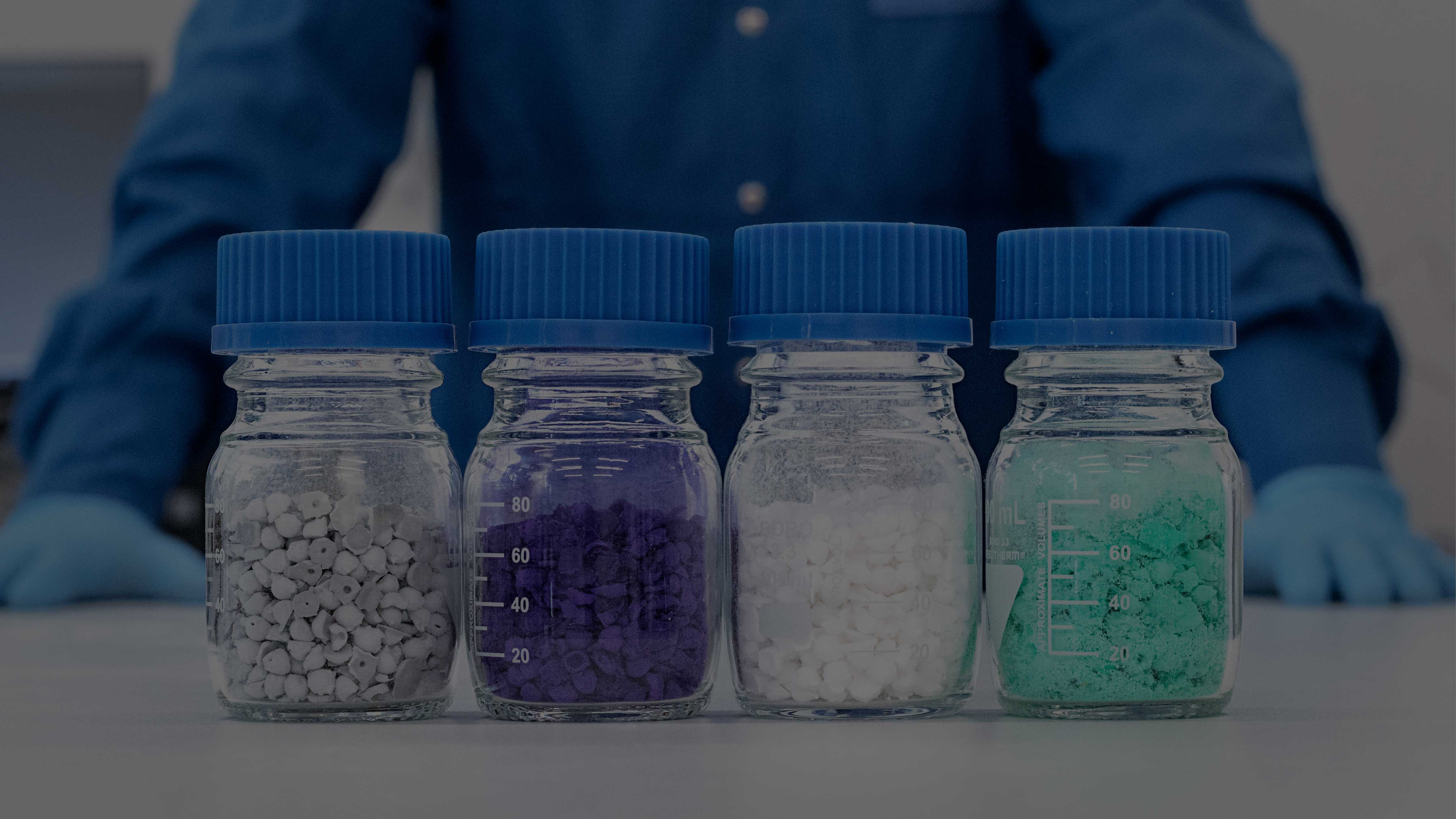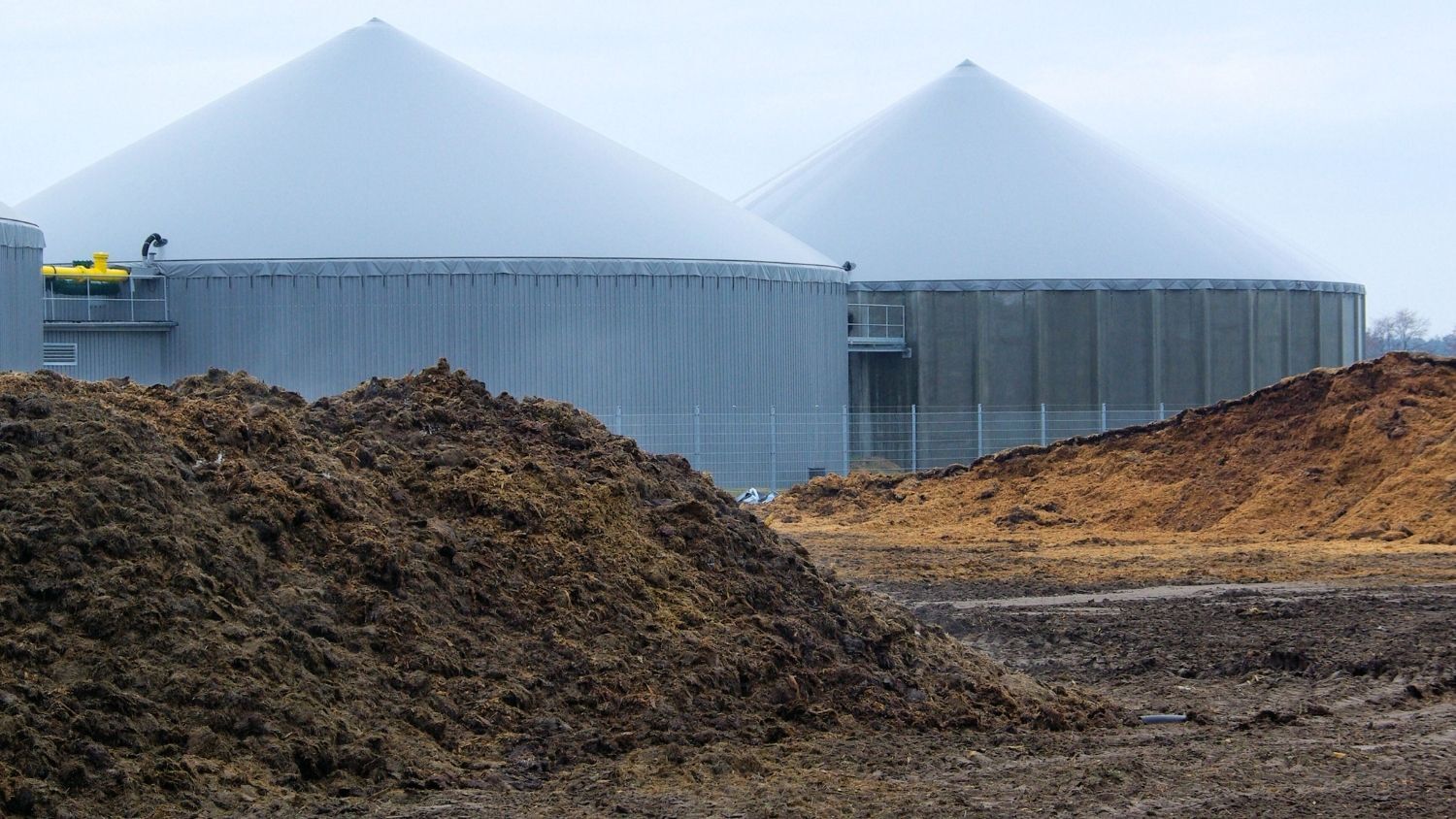Companies around the world are under growing pressure to reduce their carbon footprint and align with global sustainability goals. Governments and regulatory bodies are tightening emission standards and giving priority to businesses that demonstrate environmental responsibility. Achieving carbon neutrality has evolved from a corporate social responsibility initiative to a strategic necessity. This blog aims to help understand key aspects to achieve carbon neutrality, from carbon accounting to implementing reduction strategies to help companies navigate the transition toward a more sustainable future.
CO₂ Neutral vs. CO₂ Negative
When discussing carbon emissions, two key terms often come up: CO₂ neutral and CO₂ negative. While both indicate a commitment to reducing environmental impact, they represent different levels of action and ambition.
- CO₂ Neutral (Carbon Neutral): A company is considered CO₂ neutral when it balances the amount of carbon dioxide it emits with an equivalent amount removed from the atmosphere. This is typically achieved through emission reductions, increased efficiency, and carbon offsetting projects, such as reforestation or renewable energy investments. The goal is to achieve net-zero emissions, meaning the company does not contribute additional CO₂ to the atmosphere.
- CO₂ Negative (Carbon Negative): Going beyond neutrality, a CO₂ negative approach means that a company actively removes more carbon dioxide from the atmosphere than it emits. This can be done through advanced carbon capture technologies, large-scale reforestation, or direct air capture projects. Being CO₂ negative results in a net reduction of atmospheric CO₂, contributing significantly to reversing climate change.
For companies, striving for CO₂ neutrality is often the first step in sustainability efforts, while CO₂ negativity represents a more ambitious goal for those aiming to have a positive environmental impact.
Accounting for carbon emissions
 The first step towards carbon neutrality is to go through the identification process for accounting carbon emissions. The Greenhouse Gas (GHG) Protocol, the leading global standard for carbon accounting, categorizes emissions into three scopes based on their source and level of control by an organization. These scopes aim to help companies track and manage emissions systematically, allowing better reporting, regulatory compliance, and targeted mitigation strategies.
The first step towards carbon neutrality is to go through the identification process for accounting carbon emissions. The Greenhouse Gas (GHG) Protocol, the leading global standard for carbon accounting, categorizes emissions into three scopes based on their source and level of control by an organization. These scopes aim to help companies track and manage emissions systematically, allowing better reporting, regulatory compliance, and targeted mitigation strategies.
Scope 1: Direct emissions. These emissions come from sources owned or controlled by the company. This scope includes production or process equipment to generate heat, steam, and electricity, such as boilers and furnaces, and mobile combustion equipment like vehicles.
Scope 2: Indirect emissions. This scope includes emissions from the use of electricity generators not owned or controlled by the company (purchased electricity). Therefore, the emissions occur at the facility where electricity is generated.
Scope 3: Other indirect emissions. This category includes emissions from downstream and upstream processes used by third parties along the value chain of a company.
Scope 1 and 2 emissions are managed by the company through equipment selection and choosing their suppliers. Therefore, addressing scope 1 and 2 emissions is the starting point to tackle. Scope 3 emissions are harder to control and require collaboration with partners and suppliers.
Implementing Reduction Strategies: Steel Manufacturing Example
Several strategies/technologies can be implemented to achieve carbon neutrality. In this case, we take the steel manufacturing process as an example to identify emission sources in the different scopes mentioned in the previous section.
Scope 1: The steel manufacturer has furnaces at the core of the process. The reduction strategies include the implementation of more efficient technologies for heat generation, for instance, typical blast furnaces can be replaced by Electric Arc Furnaces, which can be more sustainable if powered by renewable energy. Complementing this reduction strategy, there are several carbon capture technologies to reduce further on-site emissions (post-combustion carbon capture).
Scope 2: The steel manufacturing process is energy intensive due to the large amounts of energy required by furnaces and other equipment like rolling mills during the finishing process, therefore a good deal of steel manufacturing plants purchase high amounts of electricity, heat or steam from external suppliers. Reduction strategies in this scope include energy efficiency improvements (like waste heat recovery) and the use of renewable energy sources.
Scope 3: Upstream and downstream processes in the steel industry have a large impact on carbon emissions. In the upstream process, it is the mining and extraction of raw materials where transportation and logistics have a large impact, emissions from mining trucks, cargo ships, and trains, besides ore processing. Downstream contributions to emissions come from transportation and distribution of the products, and the final use (which usually includes construction and manufacturing processes). Reduction strategies for this scope lay in sourcing iron ore from sustainable mines and reducing the demand for virgin iron ore through recycling processes.

Although there are several strategies a company can implement to reduce emissions, their main option is the implementation of carbon capture technologies to the processes that are under their direct control (scope 1).
Implementing Adsorption Technologies for Carbon Capture in Different GHG Scopes
Albeit the existence of many technologies for carbon capture, MOF-based technologies are standing out due to their versatility, low energy consumption and high CO2 capture capacity. Metal-Organic Frameworks have a great potential to overcome typical limitations of adsorbent materials, such as moisture sensitivity and poor selectivity.
The versatility of MOFs lies in the ability to make a conscious design and fabrication. Advanced procedures in the fabrication process allow for fine-tuning the chemical reactivity, pore size, and geometry. This incredible feature makes it possible to adapt MOFs to different carbon capture strategies, such as point-source and direct air capture. Meaning MOFs are well-suited for carbon capture in a wide concentration range, from 400 ppm at the atmospheric level to 20 vol.% typically found in industrial streams.
In the carbon neutrality context, MOF-based technologies can be applied across multiple scopes of the GHG Protocol to reduce CO₂ emissions in steel manufacturing and other industrial processes. For instance, in scope 1, MOF solutions for post-combustion carbon capture can be installed at major sources of emissions to capture CO2 from flue gases of furnaces and ovens. In scope 2, post-combustion MOF equipment can be implemented to coal-fired or natural gas power plants. At scope 3, MOF-based adsorbers for post-combustion carbon capture can be deployed in both upstream and downstream processes.
In a more ambitious scenario, companies can add direct-carbon capture units and design energy systems to achieve a carbon negative status. MOF-based systems offer several advantages, including higher CO2 capture capacities, faster adsorption kinetics, and improved stability under different operating conditions. Additionally, MOFs can be tailored at the molecular level to optimize their performance for specific applications, further enhancing their effectiveness in carbon capture.
Interested in MOFs? Reach out to us to know more about CO2 neutral and negative solutions.




.jpg)
